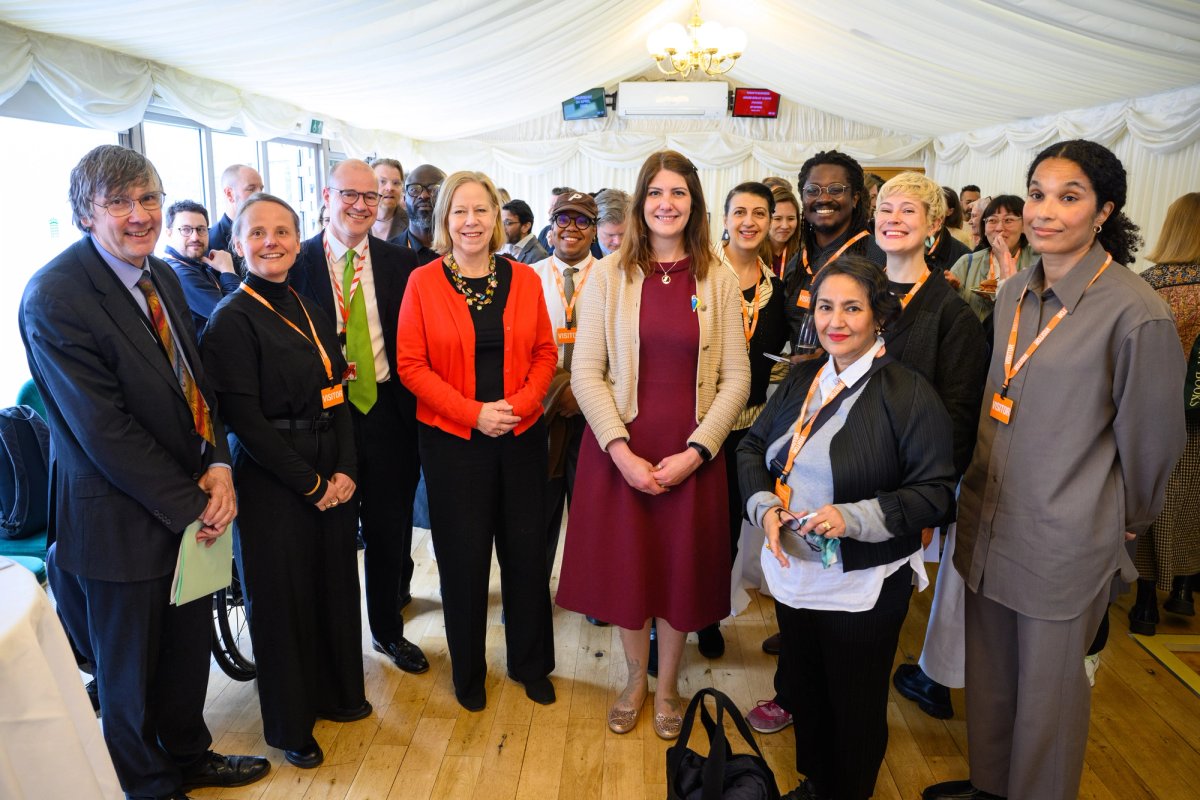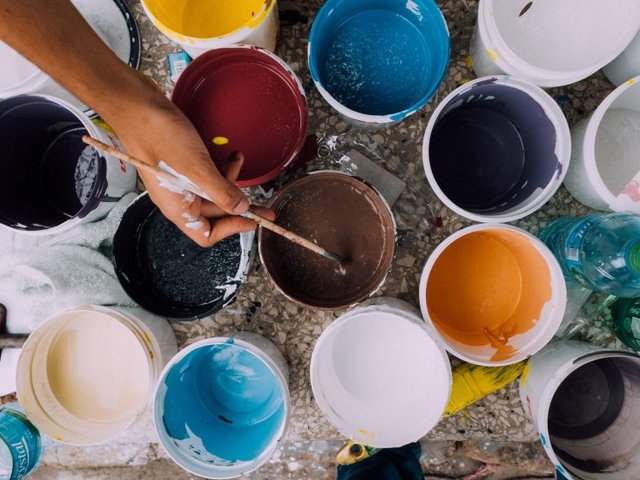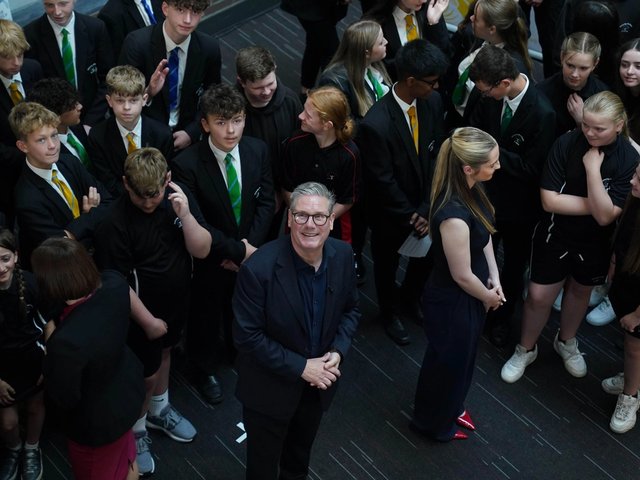A new report, commissioned by a group of UK arts organisations and presented in parliament yesterday, has called on the UK government to establish a £5m grassroots visual arts fund and reverse funding cuts for arts courses in higher education.
A coalition of influential arts bodies including Contemporary Visual Arts England (CVAN) and the Design and Artists Copyright Society (DACS) are behind the new report, titled Framing the Future: The Political Case for Strengthening the Visual Arts Ecosystem, which was written by Eliza Easton, the director of the think tank Erskine Analysis.
Key recommendations
The new document outlines four key recommendations. These include establishing the grassroots fund to address what the document describes as a “chronic lack of availability for affordable and sustainable studio spaces for artists, primarily due to low pay for the artists, rising rents, limited property availability, and insecure tenure”. Such a fund would provide direct financial assistance to small galleries and artist-led spaces.
Another key recommendation proposes establishing a UK Cultural Investment Partnership Fund which floats the idea of building a “leveraged capital and endowment investment”, supporting both capital projects and the growth of endowments. Philanthropists would be encouraged to donate to the endowment which may be underpinned by environmental goals such as decarbonisation.
The report authors also recommend that after years of decline in arts education the UK government builds on its recent £3.2m commitment to cultural education, which set out by the culture secretary Lisa Nandy in February as part of the Arts Everywhere fund. The report coalition wants to expand the Art & Design National Saturday Club for 13-16 year olds through £8.4m investment to be made annually from 2025 to 2029, enlarging the network from 122 to 1,000 clubs countrywide.
Higher education is also a priority. Responding to the Office for Students'—the independent regulator of higher education—2021 decision to cut the subsidy for each full-time arts student from £243 to £121.50, the report states: “we recommend the government reinstates high-cost funding for creative subjects in higher education”.
Supported by artists and MPs
Artists are also involved in the new campaign. “This report gives the government the tools it needs to provide vital support for artists and the visual arts sector. We have a wealth of hugely talented artists in the UK but that talent can’t survive in isolation,” says Tracey Emin in a statement.
Larry Achiampong says: “The arts are vanishing from education, especially in state schools, creating a system where only the middle and upper classes can access creative opportunities.”
Arts bodies across the UK are meanwhile nervously awaiting the Spending Review in June, when the government will allocate funds across all departments. “The report makes the case for investment in the upcoming Comprehensive Spending Review in June, presenting four key recommendations shaped by broad engagement across artists, public galleries, the commercial sector, and studios,” says a statement.
The report advocates boosting the arts sector by reducing regulatory burdens on the art market, introducing a tourist levy and increasing eligibility for the museums and galleries exhibition tax relief, which allows institutions to claim tax relief on costs linked to setting up an exhibition.
Alison Cole, the former editor of The Art Newspaper and the director of The Cultural Policy Unit, says: “It’s very helpful to have all this information brought together in such a timely and practical manner. We have recently made the case for a hotel levy to fund cultural infrastructure across England, which would raise over £1.2bn.
“The Framing the Future report shows how essential the visual arts are to that infrastructure and how widely they contribute to government missions across the board.”
a-n The Artists Information Company, John Hansard Gallery (University of Southampton) and the Plus Tate network were also responsible for commissioning the report, which is backed by the All-Party Parliamentary Group for Visual Arts and Artists (a group of UK parliamentarians committed to building support for the visual arts community).




